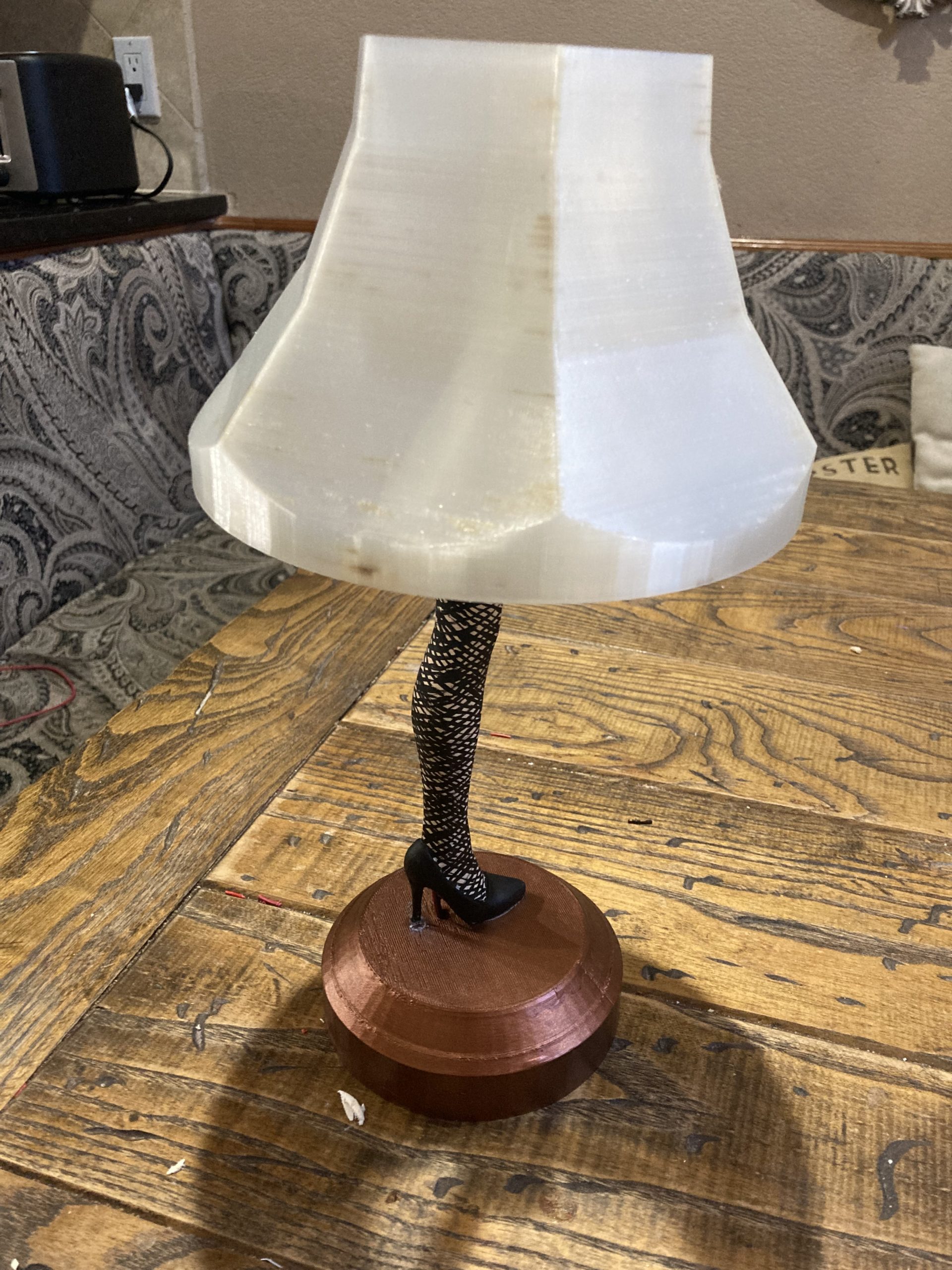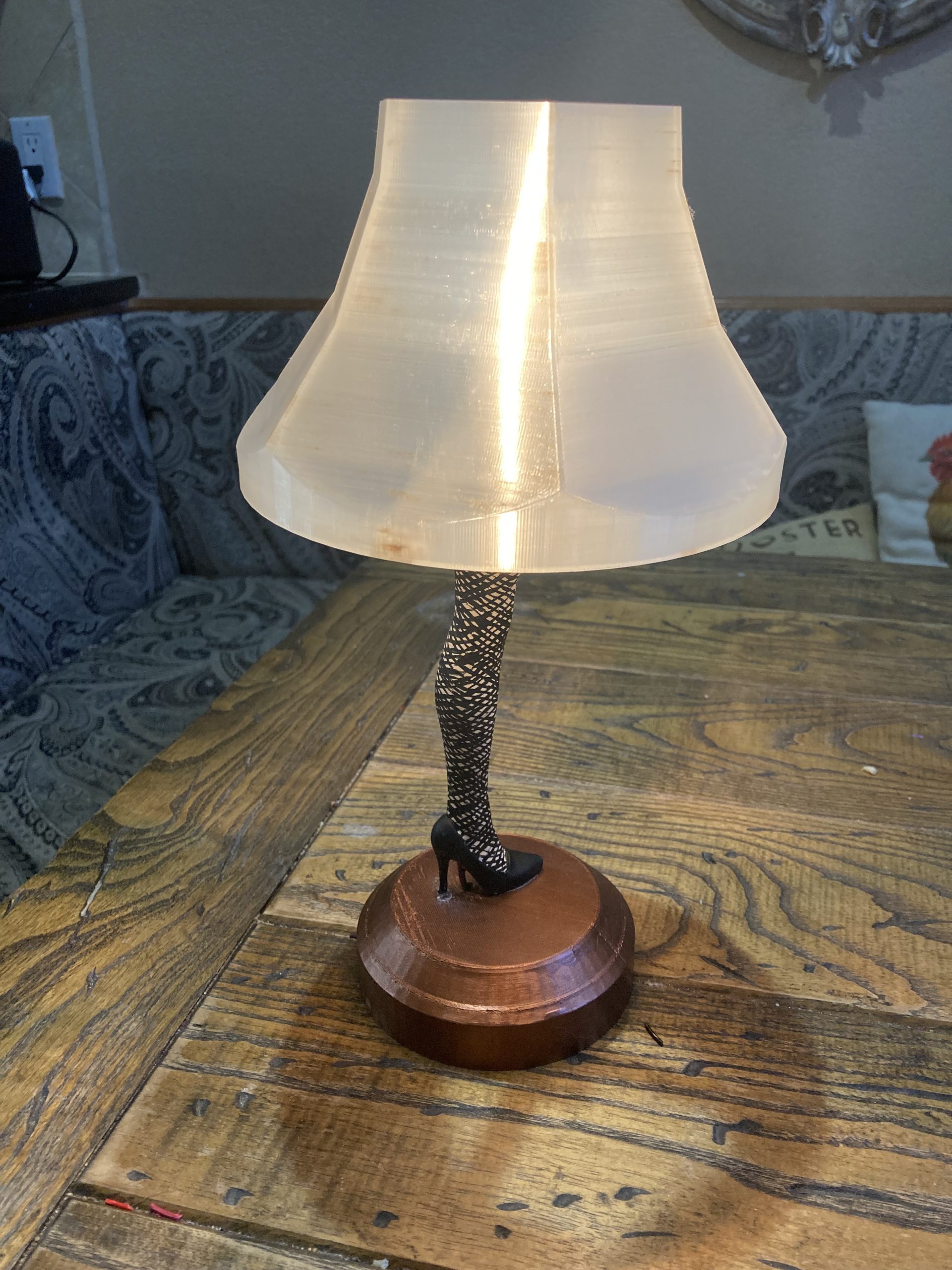Supports can be tricky, at times. Make them too close and they fuse together with your print and are difficult to remove and leave a nasty surface finish. Make them too far from your print, and your print has nothing to build on. So, how close is close enough but not too close?
Run a tolerance test for your printer. You can find several parts to print that will help with this. Most are some type of widget that prints several different pieces with various gaps in between the parts. If your gap at .25mm is fused together on the tolerance test part, then your machine tolerance is about .25mm and you can’t expect it give you better accuracy than that. Going back to our supports, you can’t place supports closer than .25mm or they will fuse to the part.
To improve this, calibrate your machine.


